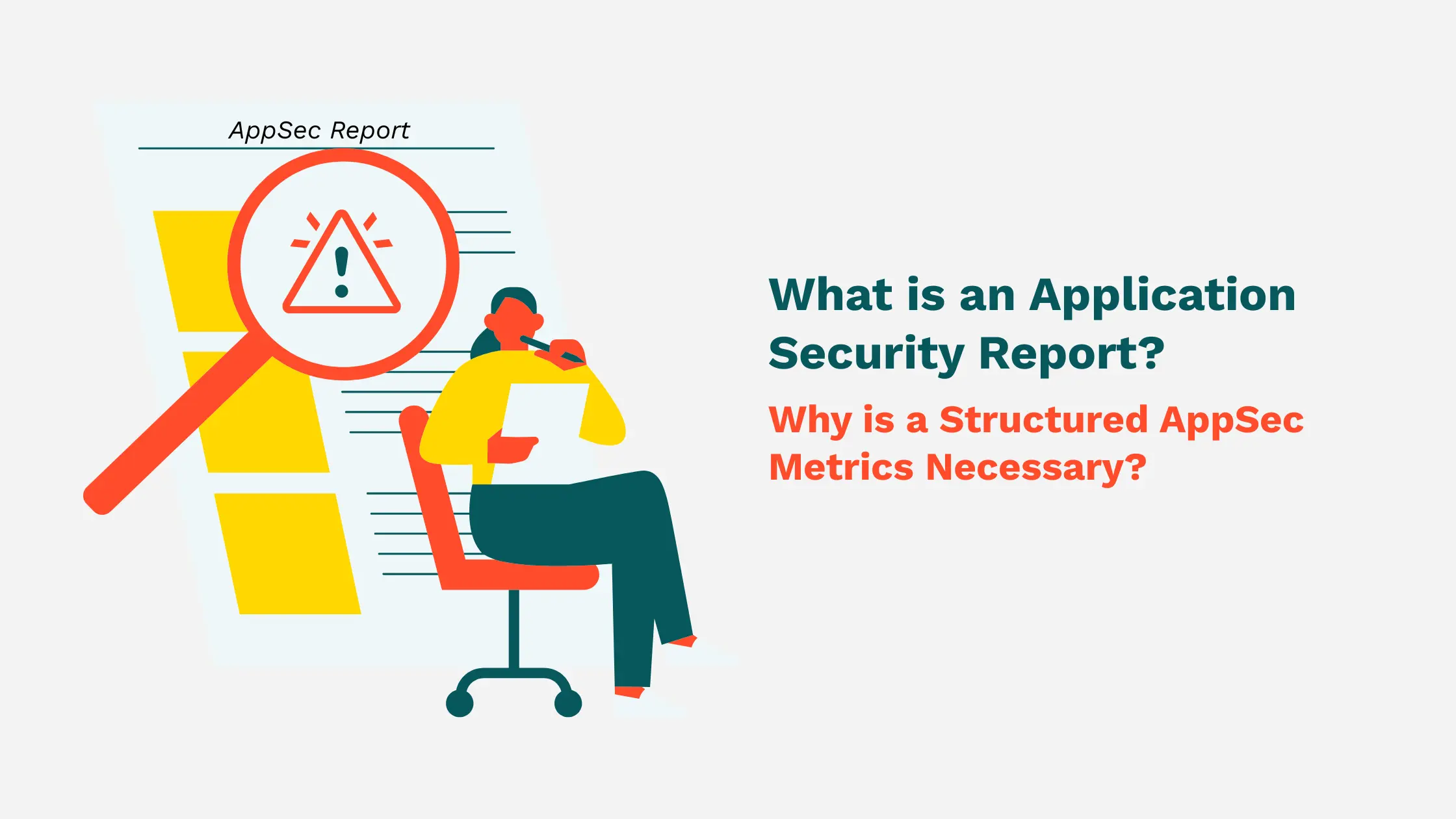
If you're part of an Application Security (AppSec) program, you likely deal with large volumes of security data vulnerability counts, scan outputs, compliance issues, and more.
But here’s the real question: Does your data drive decisions?
Is it helping your team secure funding, improve DevOps performance, or demonstrate progress to leadership?
Without a structured Application Security Report, even mature programs struggle to translate raw data into action.
By understanding how reporting evolves and what key metrics matter, organizations can transform their AppSec efforts into a measurable business enabler.
In this guide, we’ll explore the importance of AppSec reporting, the stages of maturity, and how to leverage web and API security reports for smarter decision-making in 2025.
A well-designed Application Security Report is more than just a document—it's a strategy tool. When done right, it helps:
Without clear metrics, organizations can drown in data, unsure of what’s working or what needs improvement.
Security reporting, when integrated into your program, becomes a lens for identifying risks, tracking trends, and holding teams accountable. It turns technical insight into business impact.
Application security reports evolve through four levels of maturity—from basic vulnerability counts to integrated business performance dashboards. Each level provides increasing clarity and value.
At this initial stage, security reports focus on outputs from scanners simply listing vulnerabilities without context.
While this gives teams a starting point, it lacks the depth to influence decisions or support compliance goals.
At the Foundation stage, reporting becomes more structured.
Reports begin to help with internal audits and policy enforcement, supporting early compliance initiatives.
This level introduces team level accountability.
.webp)
This is where AppSec reporting becomes actionable, helping engineering managers recognize high performers, support underperforming teams, and track improvement across sprints.
At this mature stage, Application Security Reports are used to:
The automated level supports continuous improvement and strategic planning. With integrated data, teams can make release decisions based on live security risk, not gut instinct.
A strong Application Security Report 2025 includes metrics that go beyond vulnerability counts:
Fix Rate / Mean Time to Remediate (MTTR)
Tracks how quickly teams respond to known vulnerabilities.
Policy Compliance
Shows whether assets meet internal and external standards.
Risk Reduction Over Time
Highlights the effectiveness of remediation and risk mitigation efforts.
Tool Coverage & Usage
Reveals how widely and effectively security tools are used across SDLC.
Asset Inventory & Risk Scoring
Identifies which apps, APIs, or services pose the greatest risk.
When mapped to web application security reports and API security reports, these metrics paint a full picture of your threat surface and performance.
Top-performing organizations treat reporting as a strategic enabler. Here’s what separates them:
Such a mature Application Security Report becomes a single source of truth—supporting governance, compliance, and innovation simultaneously.
These issues can lead to:
If you're still using spreadsheets or siloed dashboards, it's time to modernize. The future of Application Security Reports lies in integration, automation, and visibility.
At ioSENTRIX, we help organizations:
Get Your Custom Application Security Report Today
A powerful Application Security Report 2025 can help you:
Contact ioSENTRIX now to get a tailored report and strategic recommendations for your AppSec program.
An Application Security Report summarizes vulnerabilities, compliance status, and risk metrics for your code, APIs, and infrastructure. It helps track MTTR, SLA adherence, and exposure levels giving full visibility into your security posture.
As early as possible. Even at the Basic stage, collecting and organizing data helps lay the foundation. By the Foundation level, structured reporting becomes essential for visibility, compliance, and performance benchmarking.
Without meaningful reports, organizations struggle to show value, guide developer behavior, or get leadership support. This can lead to unnoticed threats, resource misallocation, and reduced business alignment.
A mature web application security report or API security report includes:
These reports drive both operational and strategic decision-making.
Application Security Reports translate technical data into business-relevant insights. By highlighting trends, risk reduction, and team performance, they help executives make informed decisions about investments, staffing, tool adoption, and overall security strategy. Clear, concise dashboards also make it easier to communicate security posture to board members and stakeholders.
Lorem ipsum dolor sit amet, consectetur adipiscing elit, sed do eiusmod tempor incididunt ut labore et dolore magna aliqua. Ut enim ad minim veniam, quis nostrud exercitation ullamco laboris nisi ut aliquip ex ea commodo consequat. Duis aute irure dolor in reprehenderit in voluptate velit esse cillum dolore eu fugiat nulla pariatur.
Block quote
Ordered list
Unordered list
Bold text
Emphasis
Superscript
Subscript